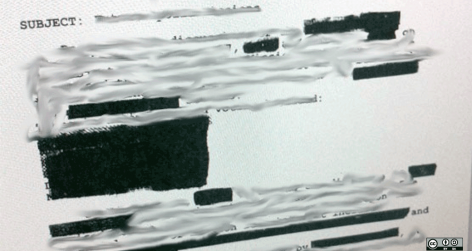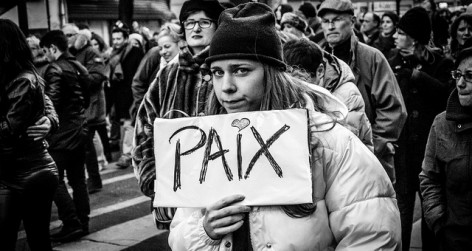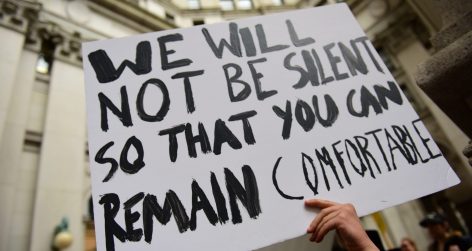Laura Bernal-Bermudez examines a judgement that actually led to a change in the Chilean constitution

The case
The 2001 case of The Last Temptation of Christ (Olmedo Bustos et al v. Chile) is by no means the only instance in which the Inter-American Court of Human Rights (IACtHR) has ruled on the right to freedom of expression. However, it is a paradigmatic case because the Court’s decision led to the amendment of the Chilean Constitution.
Olmedo Bustos et al v. Chile is a case of judicial censorship by the courts in Chile of the cinematographic showing of the film The Last Temptation of Christ. On 20 January 1997, the Court of Appeals of Santiago delivered a judgment annulling the administrative decision of the National Cinematographic Classification Council that had approved the showing of the film. The claim was presented by a group of citizens “for and in the name of Jesus Christ, the Catholic Church and themselves”. On 19 April 1997, the Supreme Court of Justice of Chile confirmed this decision, arguing that the image of Christ was diminished in the film and that it violated the freedom of religion.
In 2001, the IACtHR decided on the merits of the case, interpreting the judicial decisions as an exercise of prior censorship and therefore of being in violation of freedom of expression (article 13 of the Inter-American Convention of Human Rights, IACvHR). However, the Court did not stop at ordering the state to allow the screening of this particular film, but looked to more systemic causes of the violation. Chile had failed to repeal Article 19 of the Chilean Constitution of 1980, which allowed prior censorship of the exhibition and publicity of cinematographic production, and was therefore contradictory to the guarantees established in the IACvHR. The Court ordered the state to modify its constitutional laws to eliminate prior censorship, and as a result, the Chilean Congress approved a constitutional amendment where prior censorship was substituted by a system of categorization regulated by law.
Until 2014, the Inter-American Court of Human Rights had decided 18 major cases regarding the violation of the right to freedom of expression by the state. Decisions related to a wide range of topics, including prior censorship, criminalisation, indirect restrictions to freedom of expression, acts of violence and limitations to access to information. The Court’s decisions on freedom of expression have had an impact not only on individual petitioners, but also on societies as a whole. Of the 18 major cases that the Court has decided on, in four it ordered individual states to amend laws, and in three of those cases, the respective states complied at least partially.
In addition, the Court’s rulings can and have been used by domestic courts to inform their decisions on individual cases and in judicial reviews. According to the Rapporteur of Freedom of Expression in his 2014 report, the individual petition system helps call attention to paradigmatic situations and creates important case law that can be applied throughout the region. In this way, the Court holds an important role in raising the level of protection given to freedom of expression in the Americas.
However, despite the seemingly high levels of compliance when it comes to rulings on freedom of expression and the great potential of the IACtHR to alter the way the legislative, executive and judicial powers are giving effect to freedom of expression, both academics and practitioners have questioned the effectiveness of the system in the protection of human rights overall. Basch and colleagues show how in 50% of the cases states have failed to comply with the orders of the Court, and they have only complied in 14% of the cases where the Court has ordered legal reform. States are more likely to comply with orders of monetary reparation or other types of individual reparations, but are more hesitant to implement systemic reforms. The data analysis does not analyse compliance in relation to the specific right affected, but from a brief analysis of the reports of the Rapporteur for Freedom of Expression, it appears that cases related to freedom of expression make up an important part of the 14% of cases in which there has been compliance. It would be interesting to see what cases make up that 14%, and what cases make up the other 86%, to understand whether there are some patterns in the types of legal reform that states willingly implement and those that are not up for discussion.






















